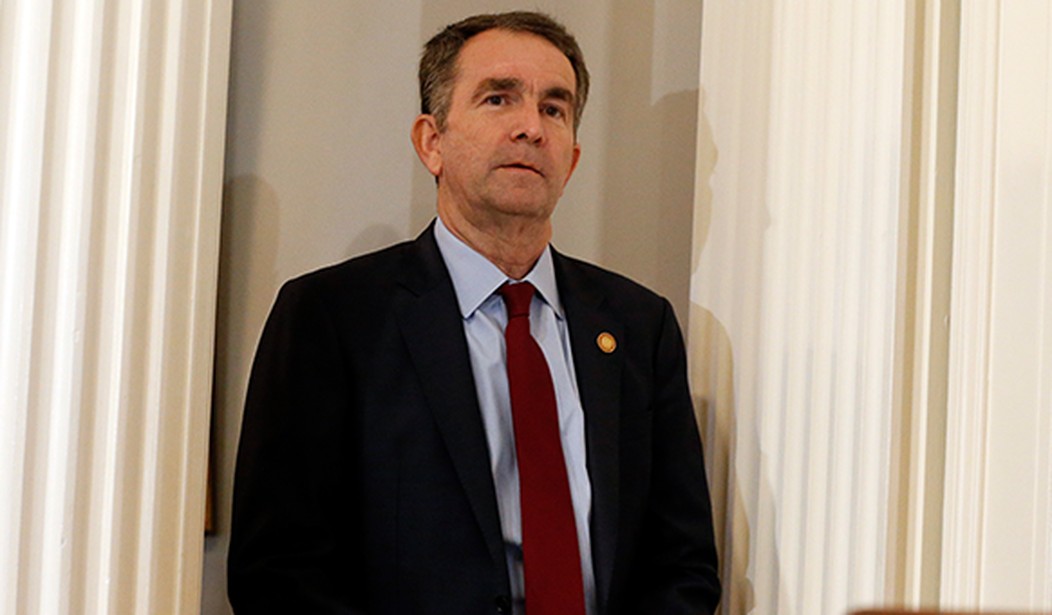Solving the Stuart Conquest of Virginia
In 1603, only a handful of years prior to the Jamestown Settlement, a top-down revolution shook what had been known until then as the Kingdom of England.
The old Tudor Dynasty ended with Queen Elizabeth. She established England as a prosperous, if not peaceful, power. Under her reign, England knew external threats, but also developed internal tranquility and fierce loyalty to monarch and country until her death marked the end of her family’s line.
Afterwards it fell into the hands of the Stuart kings of Scotland, to the English still a semi-foreign dynasty with an almost alien culture.
According to historian G. M. Trevelyan, “they keynote of Tudor government had been King-worship, not despotism.” Elizabeth needed no standing army and little internal security because the people enjoyed relatively more freedom than any other country at the time.
Trevelyan explained that the Tudor dynasty rarely imposed its will on the people because “they could not coerce a population of five million, many of whom had sword, bow, or bill hanging from the cottage rafters.” Since the reign of Henry II in the 1100s, free Englishmen had not only the right, but also the obligation to own arms. The free and armed people of England served as the King’s auxiliary army and took their roles seriously.
In a relatively short time the good work of Elizabeth was left in tatters. The Stuart dynasty and its authoritarian traditions could not handle governing a peaceful and prosperous nation without imposing its own ideals of government against the peaceful interests of the people.
Recommended
Most of geographical Virginia today understands the anxiety and anger felt by those English who saw their own government turn on them.
Virginia too sees the rise of an alien northern dynasty based in metropolitan Washington, DC. Hundreds of thousands of migrants came from across the United States. They bring values common to elite universities and suburban life, but opposed to those that still dominate in approximately 91 percent of the land area of the state.
The Governor and Assembly’s first task is to make examples of the “peasants” and assert their power over them through gun restrictions and confiscation. He proposed a nearly $5 million appropriation to pay for a task force to break down opposition to northern edicts among police and citizens alike.
Some even called for the Governor to use the National Guard to cow resistance.
According to West Virginia State Senate Judiciary committee chair Charles Trump, the “right to keep and bear arms is part of the bill of rights, the second amendment to the United States Constitution, and because the second amendment, like the rest of the bill of rights, protects fundamental individual liberties (Heller), any proposed governmental infringement should be subject to strict scrutiny in any judicial review.”
Senator Trump also proposed relief for at least one Virginia county.
According to a recent release, the West Virginia State Senate will discuss extending an official invitation to Frederick County, Virginia to hold a vote to move from Virginia to the Mountain State. Senator Trump introduced the bill on Friday.
The idea has legal standing. Virginia’s Union government during the Civil War gave Berkeley, Jefferson, and Frederick counties the opportunity to vote to join the proposed state of West Virginia in 1862. Military events prevented Frederick County from ever holding the vote while the other counties elected to join the new state. No sunset provision exists to close out the opportunity.
In addition to this proposal, an even more far reaching idea could solve political issues between the new northern rulers and their unruly rural subjects.
Just as in 1861, Virginia Democrats want to impose a new political reality on unwilling western brethren. Just as in 1863, dismemberment gives those same Democrats more manageable politics while offering liberation to those who would resist Richmond’s measures the most.
Virginia has just under 30 counties and a number of independent cities in the Shenandoah Valley and Blue Ridge mountain areas. Sixteen more in the western Piedmont section express strong opposition to leftist gun control measures.
The proposal would request that Virginia offer each county in these areas the opportunity to vote to shift from their current jurisdiction into West Virginia.
Historical ties make support for a move in counties east of the Blue Ridge highly remote. Those in the Shenandoah and Blue Ridge with traditions of agriculture and recently expanding manufacturing have more in common with the aspirations and reality of West Virginia than Virginia’s current leftward swing.
Should counties west of the Blue Ridge shift into West Virginia, both states benefit. Ironically, it would propel both higher onto state income rankings. Virginia’s most economically struggling counties are in their southwestern reaches and would benefit from a state government more focused on rural development than urban issues.
Moreover, many of the counties in the proposal actually lie closer to the West Virginia capital of Charleston than Richmond.
Virginia gains in shifting much of its road system, including the problematic Interstate 81, to West Virginia. Their state departments of transportation and highways operate along very similar lines.
The main administrative difference between the two states lies in Virginia allowing urban autonomy, but West Virginia’s home rule law shows that it has already moved in that direction.
Trevelyan notes that “England remained terra incognita” to the first Stuart king of England and “he never became aware of his ignorance.” Also, “his mind was already formed” when he ascended the throne and “the flattery he received . . . confirmed his good opinion of his own penetration.”
Virginia Democrats suffer from similar prejudices and misconceptions about their proposals and ability to impose them. Granting recalcitrant counties an option provides an opportunity for them to act for the people’s interests and also solidify their own power over their new domain.
They can then pursue a California style Utopia. Those who desire to can move to a more free and productive future under the flag of West Virginia. Time for #VEXIT.

























Join the conversation as a VIP Member